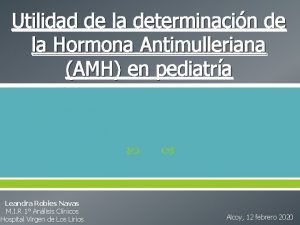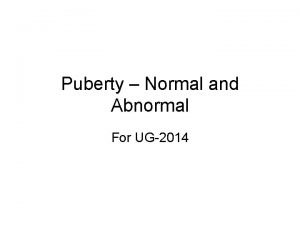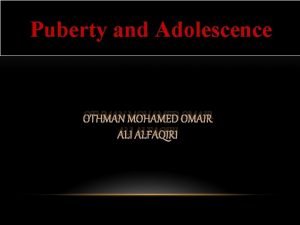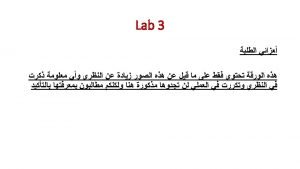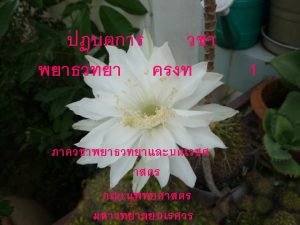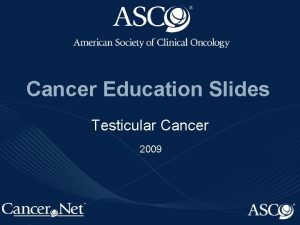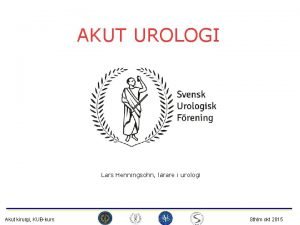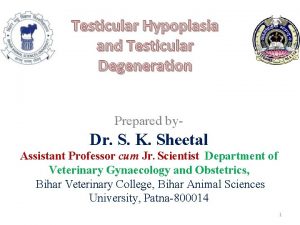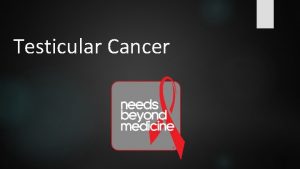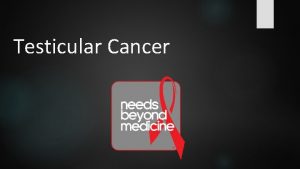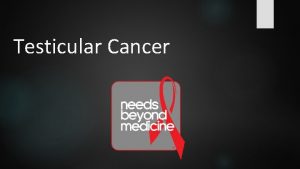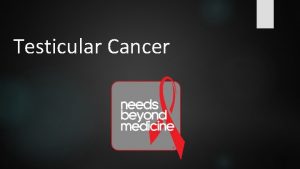The Prognostic Factors And Surgical Outcomes For Testicular







- Slides: 7

The Prognostic Factors And Surgical Outcomes For Testicular Salvage In Patients With Acute Testicular Torsion: Real-world Experience From A Tertiary Referral Center. Shin-mei Wong, Chi-shin Tseng, Hong-chiang Chang, Kuo -how Huang, I-ni Chiang, National Taiwan University Hospital, Department of Urology, Taipei, Taiwan.

Objective ■ We aimed to analyze the prognostic factors for successful testicular salvage and the outcomes of testicular growth after orchiopexy.

Methods ■ Patients who presented unilateral acute scrotum and underwent scrotal exploration between October 2000 and August 2018 were enrolled in this study.

■ The primary endpoints were the prognostic factors for testicular torsion and salvage. ■ The secondary endpoints was to evaluate the outcomes after testicular torsion, including testicular growth and atrophy rate. ■ Univariate analysis, multivariate analysis and logistic regression were performed

Scrotal exploration N=134 No testicular torsion N=28 Testicular torsion N=106 Testicular salvage N=55 Orchiectomy N=51

■ A total of 134 boys were eligible for analysis and testicular torsion were confirmed in 106 (79. 1%) patients. ■ The median degree of twisting was 360°(90°-1080°). ■ 51. 9% testicles were saved and testicular salvage greater than 24 hours was up to 27. 3%. ■ A multivariate analysis revealed that the prognostic factors of testicular salvage were age ≥ 12 years old (odds ratio [OR] 3. 45, p=0. 022), shorter symptoms duration < 12 hours (OR 9. 17, p=0. 012), and no leukocytosis (OR 6. 61, p=0. 012). ■ Within a median 9. 1 -month follow-up period, no significant difference was found between the volume of salvaged testicle and the contralateral testicle (4. 15 ml vs. 4. 57 ml, p=0. 421). ■ Testicular atrophy occurred in 10. 9% of testicles with prolonged salvage time greater than 24 hours.

Conclusion ■ Patients with young age and prolonged symptoms tended to increase the risk of orchiectomy. ■ Survival percentages were significant even past 24 hours of torsion. ■ This evidence suggests that aggressive management in patients with acute scrotum is necessary
